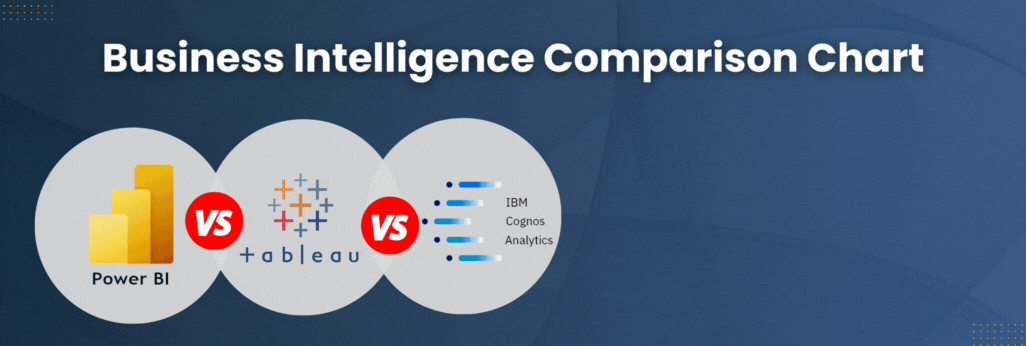The publication of the 2016 Gartner Magic Quadrant for Business Intelligence and Analytics Platforms created some confusion in the marketplace. Senturus received a number of inquiries regarding this report and wanted to clear up the misunderstanding and address potential concerns.
At first blush, it appears that Gartner demoted traditional front runners like IBM Cognos out of the Leadership quadrant. It is not the case. Rather, Gartner decided to change the focus of its 2016 Magic Quadrant to address what it refers to as “modern” self-service platforms. A SECOND report will be published in the future to evaluate enterprise reporting-based platforms. Readers who saw only the Magic Quadrant without any context were understandably upset by the shift in expected quadrant placement.
Below is the verbatim text from this year’s Magic Quadrant explaining Gartner’s position:
“This significant shift has accelerated dramatically in recent years, and has finally reached a tipping point that requires a new perspective on the BI and analytics Magic Quadrant and the underlying BI platform definition – to better align with the rapidly evolving buyer and seller dynamics in this complex market.”
“This Magic Quadrant focuses on products that meet the criteria of a modern BI and analytics platform, which are driving the vast majority of net new purchases in the market today. Products that do not meet the modern criteria required for inclusion…will be covered in our new Market Guide for Enterprise Reporting-Based Platforms.”
Gartner goes on to say: “This change in the focus of the BI and analytics Magic Quadrant should not be interpreted by organizations as a recommendation to immediately replace all existing reporting-based system-of-record BI technology with a modern platform featured in the current Magic Quadrant. In many organizations, the existing enterprise reporting systems are integral to day-to-day business processes, and these processes would be exposed to unnecessary risk if disrupted by an attempt to re-create them in a modern platform.”
At Senturus, we concur with that assertion and take it even further: there is a place for both platforms within an organization. In our experience, there are pros and cons to both self-service and enterprise solutions, and good reasons why an organization would need one, the other, or both. It is important to learn how the platforms can co-exist and complement each other. For example, when using third-party tools it is possible to combine output from both platforms into the same dashboard.
Every day, we help clients address the convergence of visualization platforms with traditional enterprise BI tools. We recently developed the Senturus Analytics Connector for Tableau, which gives Tableau direct access to data in existing business analytics platforms—allowing organizations to take advantage of their significant investments in governance at the metadata layer.
Bottom line: The new self-service tools will not replace the value of enterprise BI to your organization. Instead, working together they offer valuable opportunities to expand the degree to which users replace “gut feel” with fact-based decisions.
If you still have concerns about the Gartner findings, or would like to speak about your existing platform and where your organization is headed with business analytics, contact us at [email protected].
You may also be interested in our webinar recording: Enterprise BI Platforms vs Self-Service Analytics Tools: The Right Tool for the Job in which experts from both the enterprise BI and self-service analytics practice areas explore the benefits and drawbacks of the various options.


